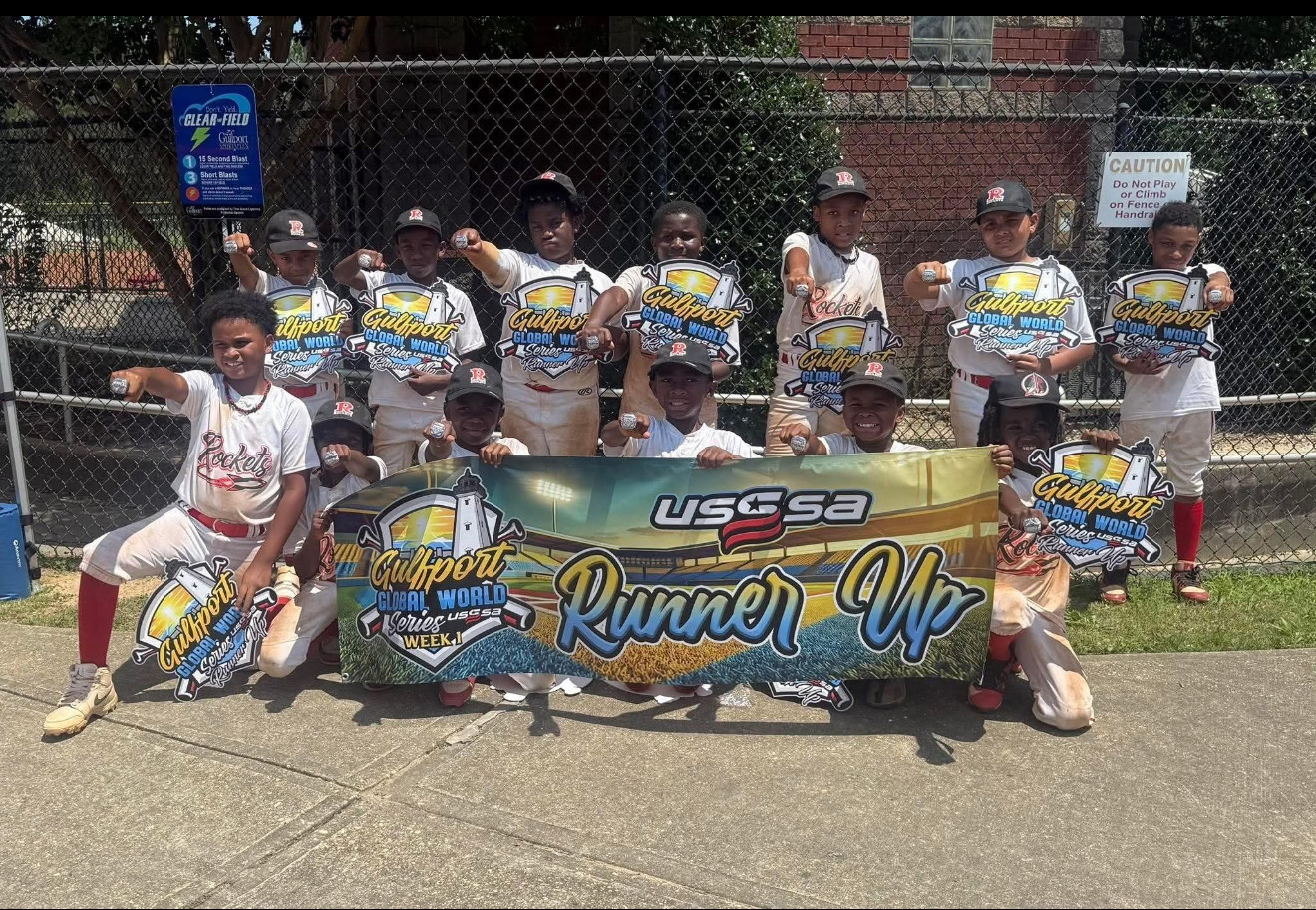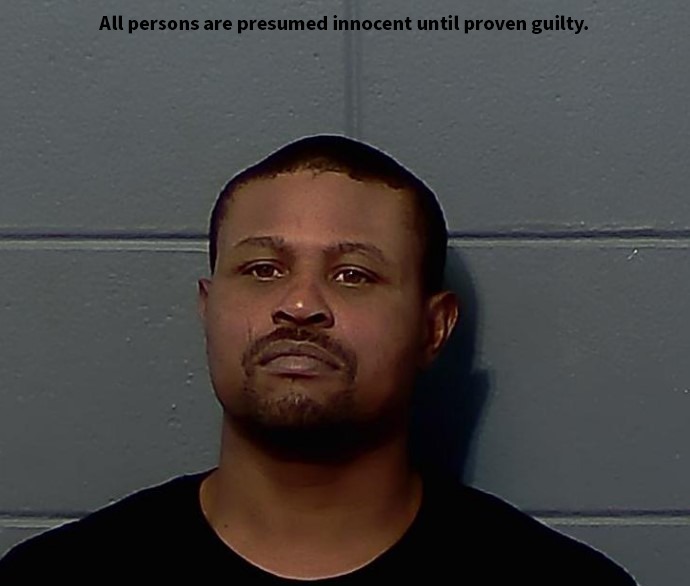River safety questioned
Published 12:00 am Monday, January 11, 1999
By LEONARD GRAY / L’Observateur / January 11, 1999
HAHNVILLE – Who watches the river, as hazardous and dangerous materials are routinely transported in tankers and barges? As of now, the answer is no one.
Russell Block of Kenner, a member of the Community Advisory Panel for Cytec Industries, Waggaman, told the St. Charles Parish Council at its Dec.21 meeting he was shocked to learn water-borne vessels such as barges and tankers are not labeled if they are transporting hazardous material, such as railcars, trucks and containerized vessels are.
“This is a situation which warrants immediate attention,” Block told the Parish Council. “All I’m looking for is help to prevent a catastrophe.”He has contacted both the U.S. Coast Guard and U.S. Sen. John Breaux inconnection with this issue, trying to drum up support for his cause.
Block’s concerns are valid, said Mitch Smith, Port Operations Director for the Port of South Louisiana, whose harbor services division includes the port’s fireboats.
“We all look at this as a very important issue,” Smith noted. “It’simportant for responders to know what they’re responding to.”Block asked for the Parish Council’s cooperation in having placards placed on any tanker or barge carrying substances such as gasoline or liquified petroleum gas, two of many hazardous or dangerous material which are often so transported.
Smith said the issue has come up in meetings, and he said he was told the Coast Guard was researching the matter, especially as to the appropriate size and exact placement of such placards so as to be clearly visible at all times.
At present, according to a Nov. 18 letter from Cmdr. Thomas Richey toBreaux, “…responders have been effectively served by employingDangerous Cargo Manifest (DCM), listing all hazardous materials and their specific emergency response information which are required on all vessels, foreign and domestic. DCM are successful in this environmentbecause vessels may carry multiple products simultaneously and the responders may use the stowage plans to develop appropriate mitigation tactics before entering the hazardous environment. The Coast Guard feelsthese tools are sufficient for responders to safely assess the risk presented by a discharge or potential discharge situation.”The letter to Breaux continued: “Further, since containers aboard vessels are already marked with placards when carrying hazardous material, adding additional placards to the vessel would be at least redundant and at worst confusing to responders. We believe the best solution is to continueto rely on the DCM provided by the vessel to the responders.”Block termed the Coast Guard’s comments as “ridiculous.”Port of South Louisiana Executive Director Gary LaGrange said there’s no time to look for a manifest right after an accident.
LaGrange continued, speaking of Block’s suggestion for placards, “It’s one we’ve advocated for quite some time. Cooperation from the barge fleetswould be a big, big step in the right direction.”LaGrange is hopeful the matter is being addressed by the right people and concluded, “Help may be right around the corner.”Meanwhile, Smith noted with a note of caution, “It’s imperative before responding to a hazardous materials incident that we know what it is, or we aren’t going.”
Return To News Stories




